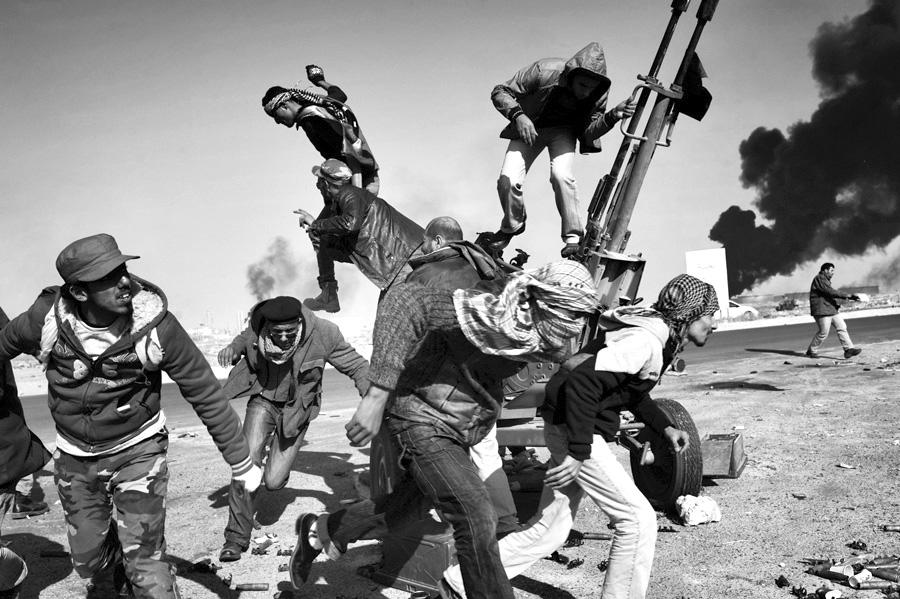World Press Photo, journalism’s most prestigious annual photography contest, is currently exhibiting 161 award-winning photos in nine categories at Marché Bonsecours in Old Montreal. The show is part of a travelling exhibition set to tour 100 cities around the globe, and can be visited in Montreal until Sept. 30.
“We exist to inspire understanding of the world through quality photojournalism,” reads a sign at the exhibit. This epigraph perfectly represents the overarching mission of World Press Photo—an ambitious undertaking that brings together an international set of contributing photographers, each with unique perspectives and stories to share.
A large part of the exhibition is devoted to photography depicting current affairs. The year 2011 was marked by political turbulence, humanitarian crises, and natural disasters, including the Arab Spring, the earthquake and tsunami in Japan, as well as the massacre at Utøya, Norway. Such emergencies reach us through daily news reports in the comfort of our homes, far from the chaos and devastation in which they originate. The award-winning pictures of World Press Photo are key to breaking down the barriers of distance and time that inevitably limit the urgency of these events, and bringing them to our immediate attention. Even more than the written word, the universal language of imagery gives direct voice to people who lack the means to tell their stories themselves.
Central to World Press Photo is recognizing the importance of photojournalism in documenting major events in conflict hotspots around the world, and the courageous efforts of photographers who work to do so. Nonetheless, it is not only politics, suffering, and devastation that the photos seek to bring to our attention.
In other award-winning categories, photographers are praised for their ability to open viewers’ minds by documenting the daily life of societies discrepant to those of the Western audience. Stories like those told by Pietro Paolini’s stunning photographs documenting everyday life in Bolivia may not make international headlines, but are nevertheless hidden and pristine gems of culture, tradition, and natural beauty of which we are otherwise unaware.
Finally, World Press Photo emphasizes that photojournalism, in addition to enhancing an understanding of the world by presenting us with its actualities, also achieves this through an artistic form. The award-winning photographers were not merely in the right place at the right time, but have a genuine artistic talent and feel for aesthetics, enabling them to find beauty in the mundane and trivial instances of life we tend to take for granted. Common to all photographs is their capacity to touch us by capturing something beyond the mere visual: an emotion or a story that strikes a chord, inspiring us to see things differently or notice things to which we have been previously blind.
Montrealers rarely get opportunities to experience such evocative arrays of photography—make sure you don’t miss your shot.
World Press Photo is on display through Sept. 30, at Marché Bonsecours (350 St-Paul Street East). General admission is $12. $8 for individuals 25 and under.







